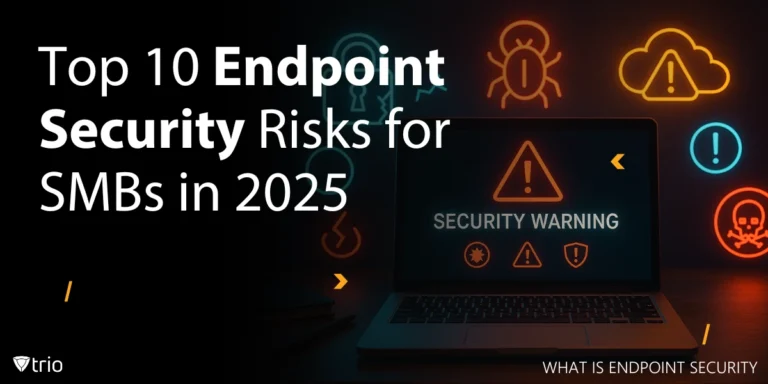Incidents are inevitable. How an organization responds to these incidents can significantly impact its ability to recover and prevent future occurrences. A well-structured Incident Report Template is essential for documenting and addressing security incidents comprehensively. This blog post will guide you through creating an effective Incident Report Template, covering key aspects such as incident details, impact assessment, response actions, and recommendations for preventing future incidents.
The Importance of an Incident Report Template
An Incident Report Template is a standardized document used to capture the details of security incidents. It helps organizations systematically address incidents and learn from them. Here’s why having a robust template is crucial:
- Documentation: Ensures all relevant details of the incident are recorded.
- Response Coordination: Facilitates a coordinated and effective response.
- Learning and Improvement: Helps identify root causes and prevent future incidents.
- Compliance: Meets regulatory and legal requirements for incident reporting.
What Information Should Be Documented in an Incident Log?
Every Incident Report Template should have some key components to consider:
1. Incident Details
The incident details section captures essential information about the incident. This includes:
- Incident Description: Date, time, location, and type of incident.
- Affected Systems/Assets: Identifying the systems or assets involved.
- Detection Method: How the incident was discovered.
2. Impact Assessment
Assessing the impact of the incident is critical for understanding its severity. This includes:
- Data/Information Affected: Description and sensitivity of compromised data.
- Business Impact: Financial, operational, and legal implications.
3. Response Actions
Documenting the actions taken in response to the incident helps ensure accountability and transparency. This includes:
- Initial Response: Actions taken to contain the incident.
- Investigation: Summary of findings and tools used.
- Mitigation and Recovery: Steps taken to mitigate impact and recover from the incident.
4. Recommendations
Providing recommendations helps prevent future incidents and improve security posture. This includes:
- Immediate Actions: Steps to prevent recurrence.
- Long-term Measures: Security enhancements for sustained protection.
- Training and Awareness: Recommendations for staff training and awareness programs.
5. Review and Follow-up
Regular reviews and follow-ups ensure that the incident response process is effective and improvements are implemented. This includes:
- Incident Review: Scheduled review date and reviewer.
- Follow-up Actions: Actions taken and follow-up date.
Leveraging Technology for Incident Reporting
Using technology to streamline incident reporting can significantly enhance efficiency and accuracy. According to IBM’s 2024 report, USD 2.22M is the “average cost savings for organizations that used security AI and automation extensively in prevention versus those that didn’t.” Consider implementing:
- Automated Incident Management Systems: Using incident reporting software that helps automate the incident reporting process.
- Integrated Security Platforms: Solutions that provide real-time monitoring and incident response capabilities. Mobile Device Management (MDM) solutions such as Trio can help with such processes.
Download Our Incident Report Template
Creating a comprehensive Incident Report Template is essential for effectively managing and responding to security incidents. By following the guidelines outlined above, you can ensure that your organization is well-prepared to address incidents systematically and prevent future occurrences. Use this Incident Report Template we’ve made to get started for your first incident.
Hopefully, you won’t be in need of reporting incidents any time soon. To prevent a large percentage of incidents, automating processes within your organization using incident management software can be a good idea. Trio is a cutting-edge MDM solution with a free trial you can experience today to see the full extent of its capabilities within your IT, HR, and other departments.
Get Ahead of the Curve
Every organization today needs a solution to automate time-consuming tasks and strengthen security.
Without the right tools, manual processes drain resources and leave gaps in protection. Trio MDM is designed to solve this problem, automating key tasks, boosting security, and ensuring compliance with ease.
Don't let inefficiencies hold you back. Learn how Trio MDM can revolutionize your IT operations or request a free trial today!





